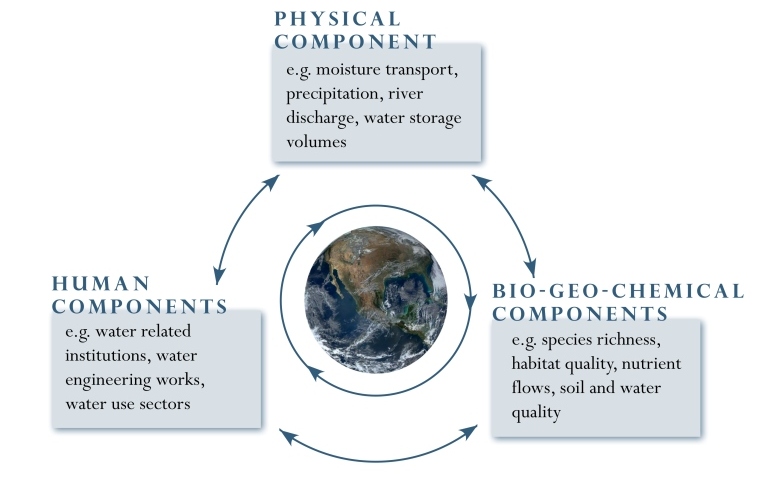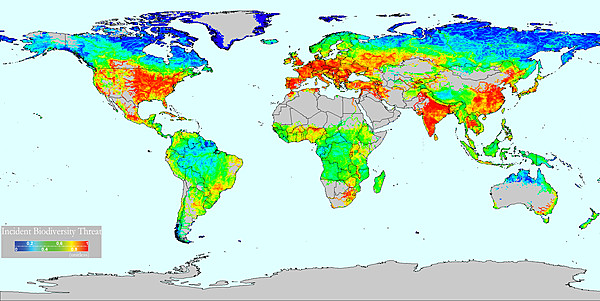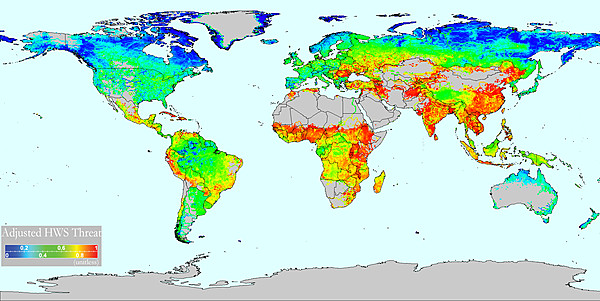Water is essential to life on earth, plays a key role in the development and functioning of society and is recognised as a high priority resource for sustainable development. Over the past few decades, environmental science has produced insights into the linkages, interconnections and inter-dependencies in the global water cycle. The various human and physical, biochemical, and biological facets of the cycle make up the global water system (as identified in the diagram below).

The global water system is being transformed by major syndromes including climate change, erosion, pollution and salinisation.
Major human-induced perturbations to the global water system include:
- Hydrological cycle accelerated
- Mountain snow/ice lost
- Trees removal increases runoff, reduces transpiration, affects water table and landscape salinity
- Wetlands dried up or drained
- Ground- and surface water used for irrigated agriculture
- Dams alter flow and reservoirs increase evaporation
- Industrial water coolers release water vapour
- Transfers between basins
- Urban, mining and construction areas alter water flows and quality
- Coastal salt water intrudes inland
- Impoundments reduce flows
- Siltation, erosion and nutrient flows change coastlines and affect water quality
- Levees and locks modify flows and channels
- Settlements alter floodplain landscapes
- Grazing affects runoff and water quality
- Industry causes acid rain
- Coastal waters polluted and species lost
It is clear that these changes to the global water system are now globally significant and are being modified without adequate understanding of how the system works.
In fact, recent GWSP research results (Vörösmarty et al 2010; see also River Threats) show that vast areas across the globe arrive at acute levels of imposed threat to their freshwater resources. Sources of degradation in many of the most threatened rivers within the developing world bear remarkable similarities to those in industrialized countries (see maps below).
 Biodiversity Threat and Adjusted Human Water Security Threat (Vörösmarty et al 2010)
Biodiversity Threat and Adjusted Human Water Security Threat (Vörösmarty et al 2010)

However, current approaches to water management in the global North are highly relying on engineering solutions and costly technological remedies to address water problems and deliver water services – regularly at the expense of ecosystems. Such engineered “solutions” are often too costly for poorer nations, resulting in higher threats to human water security.
Existing infrastructure in the industrialized world will require re-engineering to preserve ecosystem services. Across the developing world, the establishment of human water security while preserving biodiversity is a dual challenge which is more cost effective to be met by ensuring that river systems are not impaired in the first place. This requires better understanding of the underlying dynamics and an emphasis on protecting ecosystems for humans and nature.